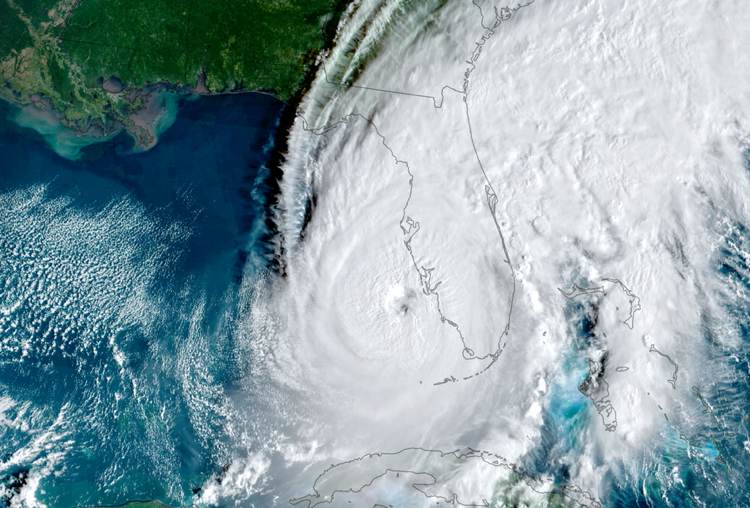Florida building code changes have reduced hurricane loss potential: Lockton Re

Building codes in Florida are seen as a significant factor in reducing the potential insurance industry loss from hurricanes, with improvements in recent years seeing modelled loss estimates drop, reinsurance broker Lockton Re said this morning.
A report from the broker highlights the importance of property construction dynamics in understanding the increasing potential for insured losses in hurricane landfall locations.
“Since 1992, seven hurricanes have broken Andrew’s inflation-adjusted loss record. Six of these have made landfall in the past seven years as changes in population, exposures, climate, inflation, and social factors have drastically increased losses,” explained Claude Yoder, Global Head of Analytics, Lockton Re.
“While severe hurricane frequency has increased, building construction changes have helped shield owners and (re)insurers from even greater losses,” Yoder added.
Population density is not the only driver of exposure, Lockton Re says, as property value and potential repair costs are also being driven higher by inflation, supply chain constraints, and wage growth, all of which have had a cumulative impact on the value of exposed property.
The impact of building codes in Florida are also a key factor for this particularly hurricane-exposed state.
Brendan McCann, Senior Catastrophe Modeler for Lockton Re, explained, “Lockton Re tested a notional Florida portfolio, with losses decreasing significantly just from building code changes between 1990 and 2000.
“For more recent years, loss estimates continue to drop as building codes improved.”
The attraction to living on the coast has been driving population density higher in hurricane exposed areas, but Lockton Re believes that building codes are working as expected to lower property damageability.
In fact, Lockton Re’s analysis found that, “Homes built to recent specifications will see as much as 90% less damage
over their “out of spec” counterparts.”
As a result, for insurance, reinsurance and insurance-linked securities (ILS) interests, in order to understand the risk profile of a property portfolio, it’s critical to know the composition of the buildings and homes included in it.
A copy of Lockton Re’s report can be accessed here.






